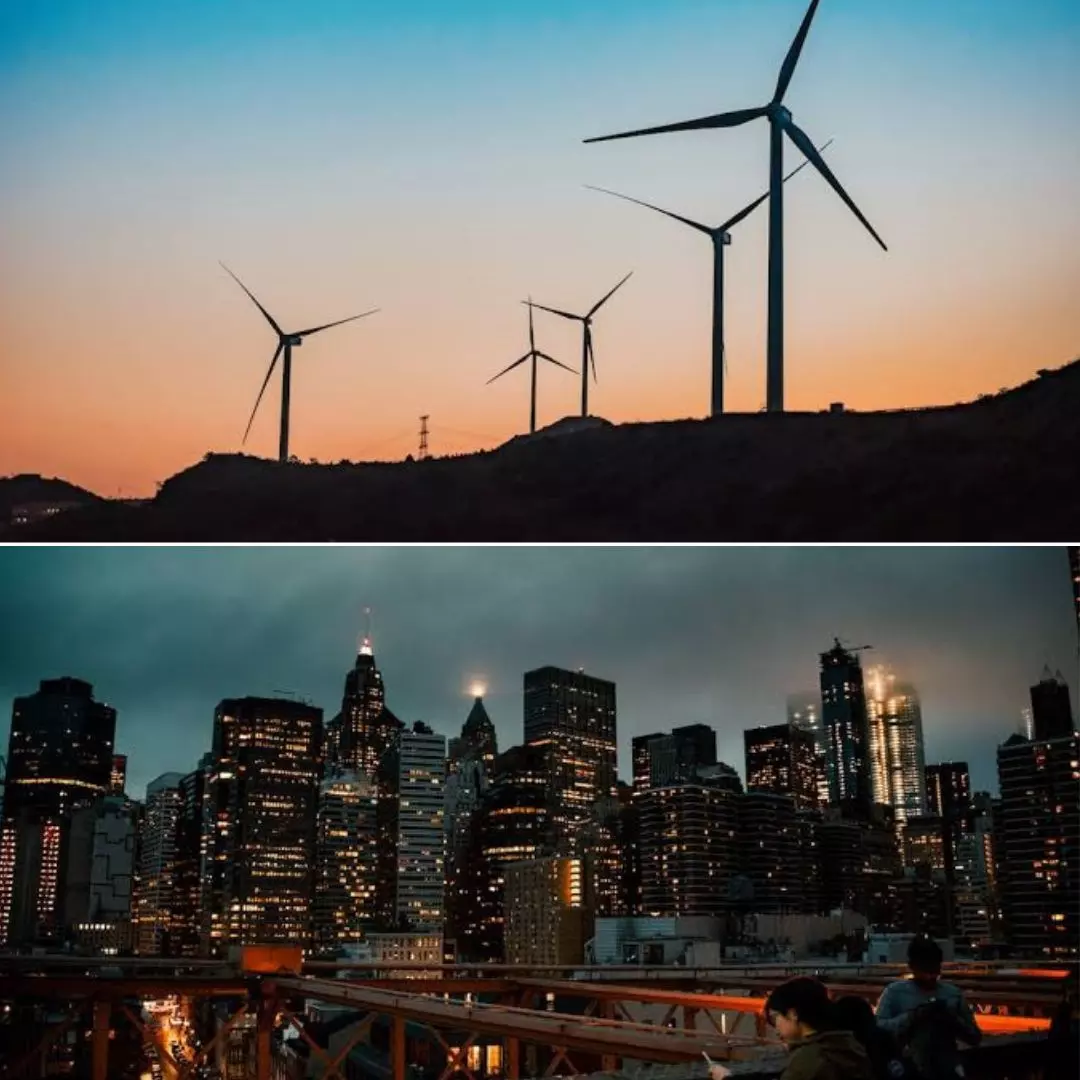A recent report by the International Energy Agency (IEA) set waves of hope in terms of transitioning towards greener and low-emission energy sources. The agency noted a rise in renewable energy production with countries shifting toward wind and solar energy sources.
According to IEA, these low-emissions sources are all set to cover almost all the growth in global electricity demand within the next three years and curb the emissions impact of greater energy use.
Growing Energy Demands
The new IEA report quoted Executive Director Faith Birol saying, “The good news is that renewables and nuclear power are growing quickly enough to meet almost all this additional appetite.” The demand and supply for power have become increasingly weather dependent, indicating that renewables are set to dominate the global electricity supply. This, along with nuclear power energy, will make any significant rise in the power sector’s carbon emissions unlikely and a tipping point for power sector emissions.
The demand graph had slowed down slightly last year to two per cent amid the global energy crisis, but the growth in global electricity needs is expected to accelerate to an average of at least three per cent over the next three years. This growth will be accelerated with the emerging and developing economies in Asia.
Tackling this energy requirement would require countries to bring alternate energy sources into the game. Hence the share of such a power generation mix is expected to rise to 35 per cent in 2025 from the 29 per cent in 2022. The report also conveyed that more than 70 per cent of the electricity demand would come from China, India, and Southeast Asia.
Possible Links To Climate Change
The IEA linked the rise in energy demands to climate change. This was explained through the examples of heatwaves in India that came along with the highest peak power demand yet seen in the country and the summer droughts in Europe that reduced the hydropower supplies. All these concerns brought forth an emphasis on the need for cleaner and alternative energy.
Apart from this, advanced economies are seeking to expand electricity use to displace the usage of fossil fuels in sectors such as transport, heating, and industry. The largest gains received through this switch are expected to be seen across the Asia-Pacific region, with an 11.6 per cent yearly average growth rate, which is followed by Europe and the Americas. Incidentally, Asia also dominates the demand growth charts.
In terms of nuclear supply, a rise is noted by 3.6 per cent per year on average to 2025. The largest yearly growth rate will be observable from the Middle East at 24.5 per cent, shortly followed by the Asia Pacific and Europe. The report added that production from gas-fired power plants in Europe is forecasted to fall, but a significant growth in gas-fired production in the Middle East is likely to limit the decrease. However, emissions are expected to fall by 14 Mt CO2 over that same period, down 1.9 per cent, with the switch hopefully bringing down coal power’s share.
https://thelogicalindian.com/h-upload/2023/02/11/500x300_229657-untitled-design-34.webp
Environment
2023-02-11 11:50:10.0
‘Tipping Point For Power Emissions’: Renewable Energy To Cover Global Energy Demands By 2025, Says Report











